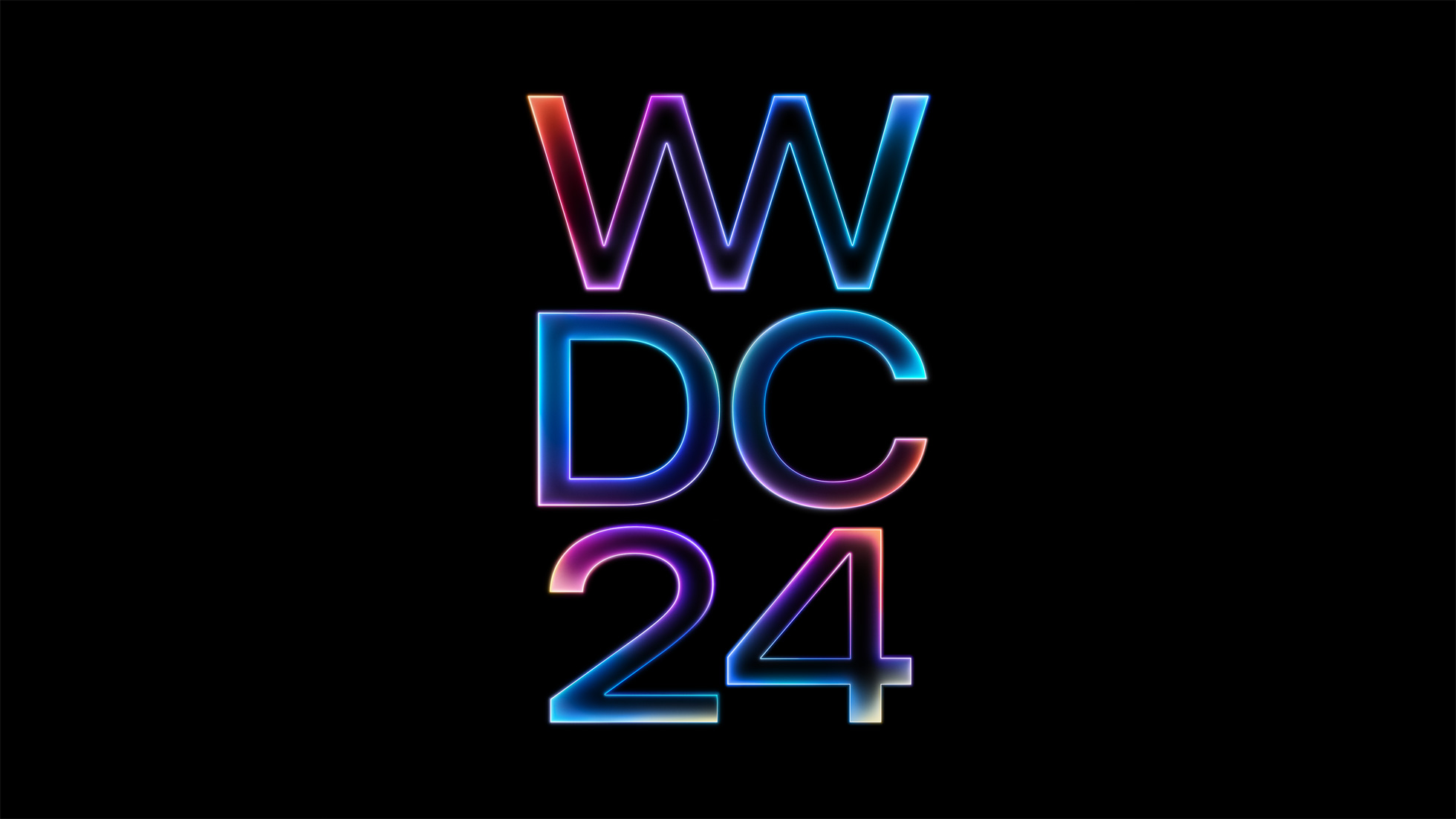The bar is set
Apple’s AI announcements this year will follow announcements made by Google and Microsoft in May of 2023 related to integrating AI into product interfaces. Keep in mind in about two months, Google and Microsoft will make additional AI announcements at their annual developer events that will further raise the bar.
Here’s what they introduced in 2023:
Google I/O Key AI Interface Announcements:
- Google Search: Multisearch features allow searching with images and text simultaneously.
- Google Workspace: Productivity features like generating backgrounds in Slides, assisted writing in Docs, and data analysis in Sheets.
- Google Maps: Live View and Immersive View for more visual experiences.
- Android: Generative AI wallpapers using text-to-image models.
- Codey: Code generation for application development.
- Chirp: Speech-to-text for language translation.
Microsoft Build Key AI Interface Announcements:
- Windows Copilot: AI-powered assistant integrated into Windows 11.
- Power Virtual Agents Enhancements: New capabilities for generating dialogue and completing tasks.
